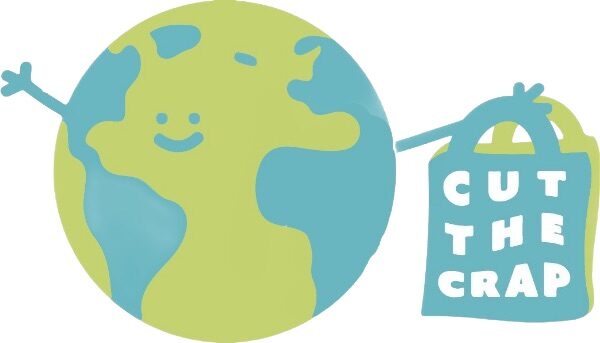Community organizing doesn’t have to mean a giant event led by a person in power, it can also be fun hang-out events! Here is a growing list of ideas and tips for events you can throw with friends and family that increase awareness. Once you have a few of these under your belt, try expanding your reach!
host a litter cleanup
Hosting a litter cleanup event is a fun and easy to organize event that can be adapted for any location and number of participants (you can do it by yourself or as a date)! Below are suggested useful materials and tips for organizing a successful and activating litter cleanup event.

Essential supplies:
-Trash bags! : Click here to get free bags for a cleanup
-Gloves: Ask people to bring their own, ask local groups to donate
-Sharps container: You can use plastic containers that are thick (ie; old laundry detergent container). Check locally for disposal process!
-Grabber: Optional but helpful, especially for water areas
-Hand Sanitizer/water/proper clothes/GPS
Tips for organizing your event:
-FIRST AND FOREMOST, MAKE SURE YOU ARE PLANNING YOUR EVEN ON PUBLIC LAND. IF NOT, MAKE SURE YOU GET PERMISSION!
-Make sure you have a plan on separating recyclables and understand what your community recycling center accepts
-If you are throwing a large event with many participants, make sure to effectively divide up people into areas for maximum reach
-Encourage people to bring friends/family/dates with and to carpool!
-There are no formal rules for this at all- just have fun!
Contact your representatives
Learning who represents you in your county, city, state is an important tool for an activist to have. Many environmental wins in the past have been because members of a community banded together to send a message to their local representative. You can send messages by yourself, or turn it into a whole get together! In the past, I have made snacks and drinks, and then provided all of the supplies and resources for my friends to come over and write letters with me. I have also attended larger community events hosted by organizations.

There are so many options out there, whether you find one to attend or create your own.
1. Contacting representatives
-Make sure to choose a representative that has the power to take action on a specific topic (as this differs by federal, state, and local levels).
–Use this link to find representatives in your state
2. Write a Personalized Email
-Write your own email rather than using a form or submission box. This is more personal and will most likely have a stronger impact on whichever representative you are reaching out to.
-Again, choose a specific topic. This climate deregulation tracker helps you find proposed changes and why they matter:
-Not sure how to craft your own email? Follow this outline from sciencing.com:
- Who you are: A sentence explaining you’re a constituent interested in science and the environment.
- The legislation you’re writing to them about: Outline which issue you’d like to discuss and how it will affect the environment, and call out proposed legislation names specifically.
- How it affects you: Hate rollbacks of water protections because you grew up swimming at the local lake every summer? Scared for the safety of your drinking water? Put that in your email.
- What you want your representative to do: Clearly state that you want your representative to oppose deregulation (or vote for a piece of legislation you do want).
3. Call them!
-It is much easier to send an email rather than call a representative directly… which is exactly why phone calls often catch peoples’ attention. The Citizen’s Climate Lobby provides scripts to use to talk to representatives/their offices, which makes the entire process a bit less stressful.
4. Reach out to environmental agencies!
-A lot of people don’t know which environmental agencies are in their state. This makes it difficult to find organizations to donate to, volunteer with, or support in general. To make things easier, I am attaching the link to the EPA source that lists Health & Environmental Agencies of each U.S. state and territory.
